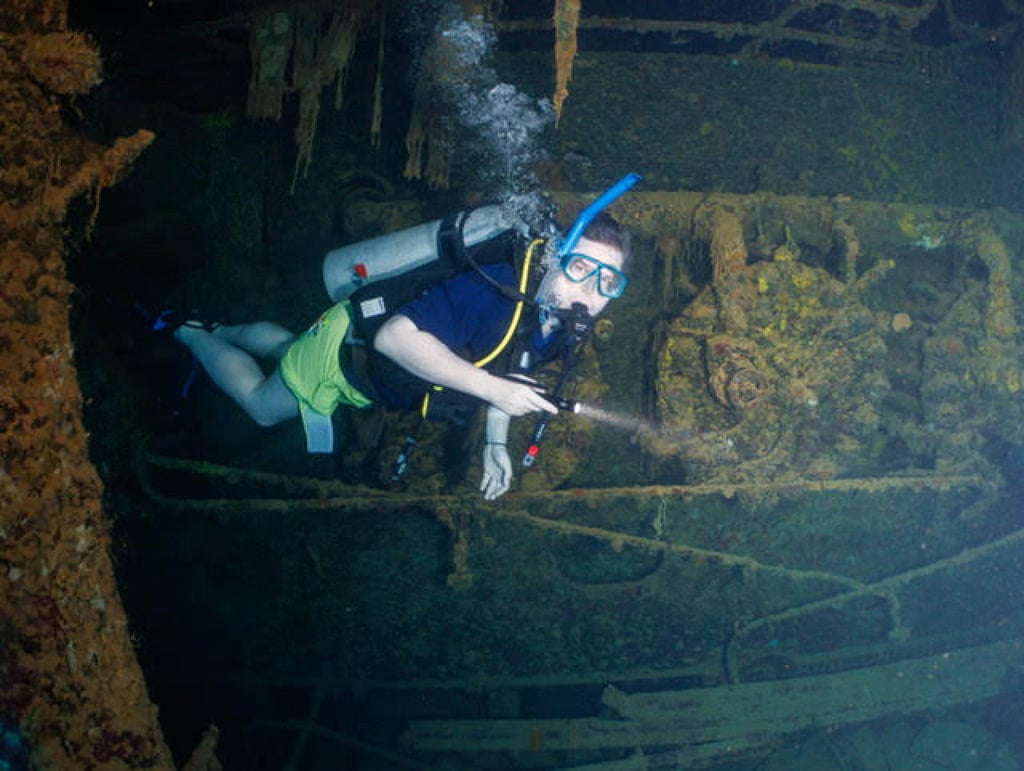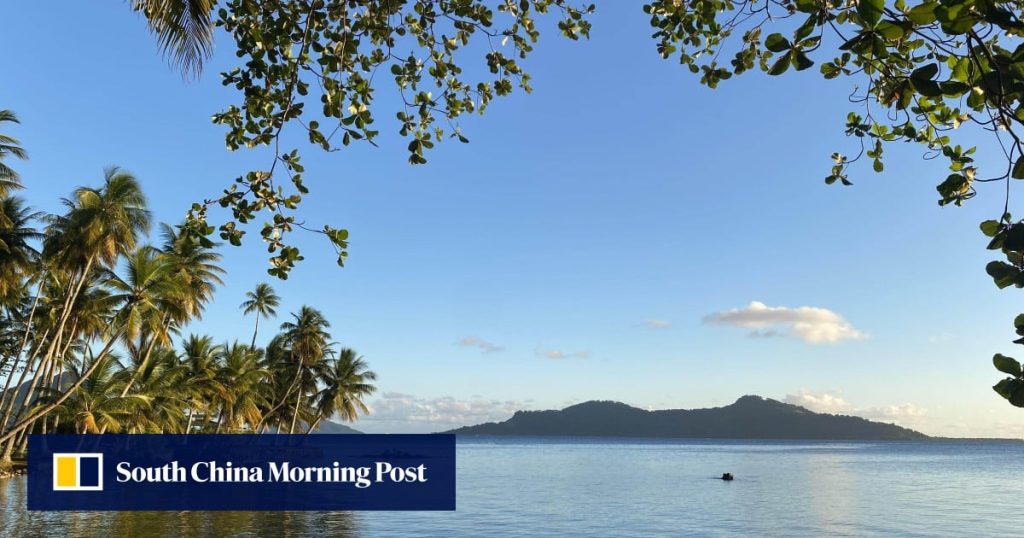The source of the leak is the Rio de Janeiro Maru, a huge vessel used by the Imperial Japanese Navy as a submarine tender during World War II that was sunk by American bombers more than 80 years ago.
Today, as oil streams from its rusting hulk, officials in the Chuuk Islands fear this may be just the first instance of hazardous waste and toxic discharge from a “ghost fleet” of over 60 wartime wrecks that lie at the bottom of its massive lagoon.
Brad Mori, executive director of Chuuk’s Environmental Protection Agency, said the leak was first detected on September 11 when divers noticed oil escaping from the wreck of the Rio de Janeiro Maru.
Initial footage suggested as much as 4,000 litres of oil per day were escaping from the wreck, although that rate had since slowed, Mori said.
“Oil can be seen coating the mangrove roots and shorelines,” he told This Week in Asia, adding that it “threatened the livelihoods and food security” of the surrounding fishing communities.



